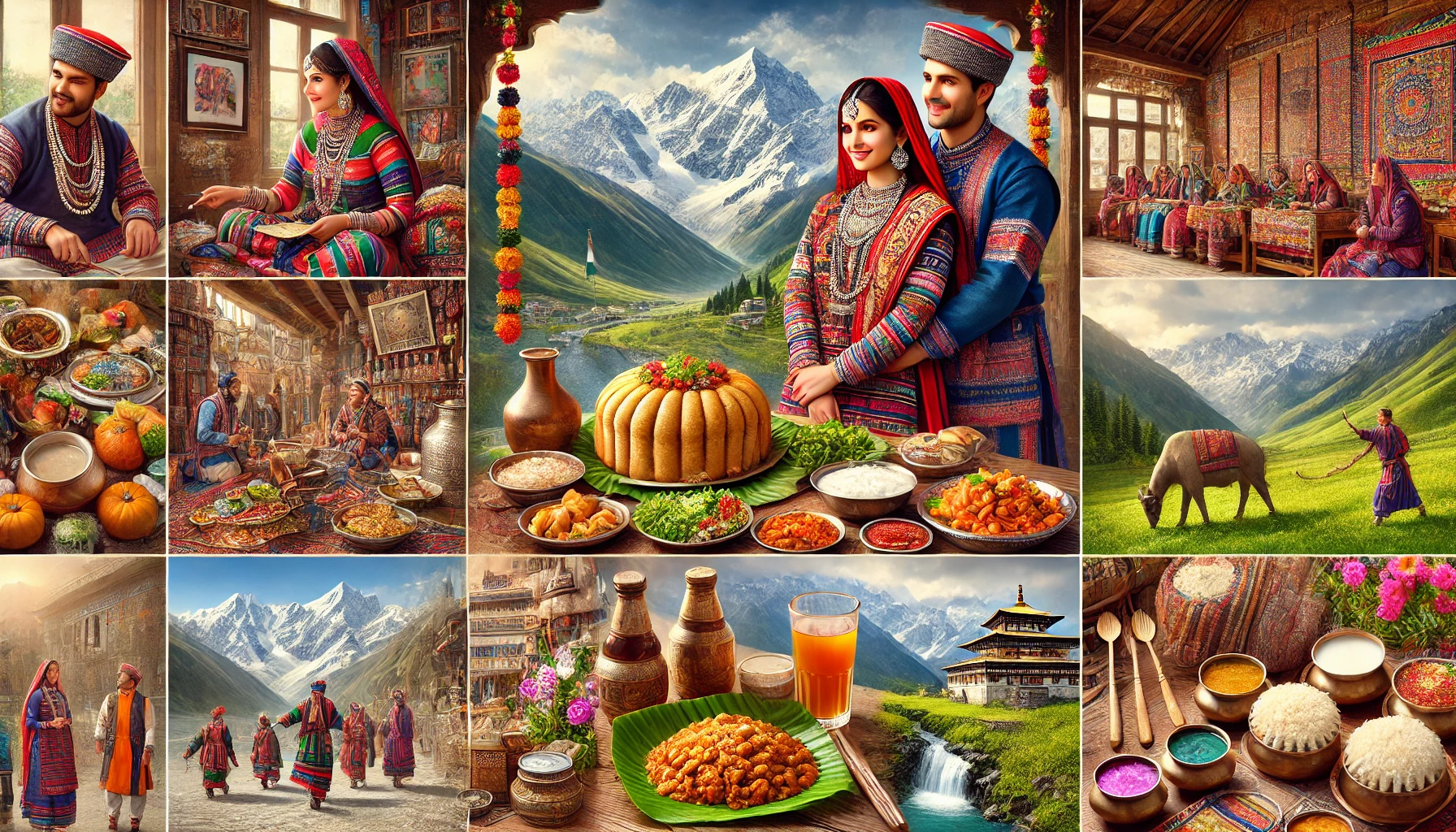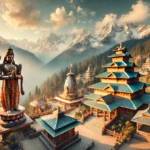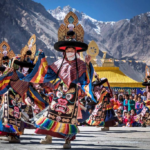Himachal Pradesh is a beautiful mountain state in northern India, often called the “Land of the Gods” because of its stunning temples and peaceful vibes. Surrounded by snowy peaks, green valleys, and rivers, it’s famous for its natural beauty. The people here celebrate lively festivals like Kullu Dussehra (with grand parades) and Losar (Tibetan New Year), and they love dancing to folk music in traditional outfits.
The food is warm and filling, perfect for the cold weather—think steamed breads (Siddu), festive feasts (Dham), and spicy lamb curry (Chha Gosht). Locals often wear colorful clothes, woolen shawls, and special caps. From the apple farms of Shimla to the quiet deserts of Spiti Valley, Himachal Pradesh mixes amazing scenery with rich traditions, making it a magical place to explore.
1. Food
Himachali cuisine is shaped by its mountainous terrain, cold climate, and agrarian lifestyle. The food is hearty, nutrient-rich, and often slow-cooked to retain warmth.
Staples & Daily Diet
Grains: Wheat, maize, barley, and buckwheat form the base of most meals.
Lentils: Dal (lentil soup) is a daily staple, often paired with rice or roti.
Vegetables: Locally grown potatoes, kidney beans, spinach, and pumpkin are common.
- Festive & Specialty Dishes
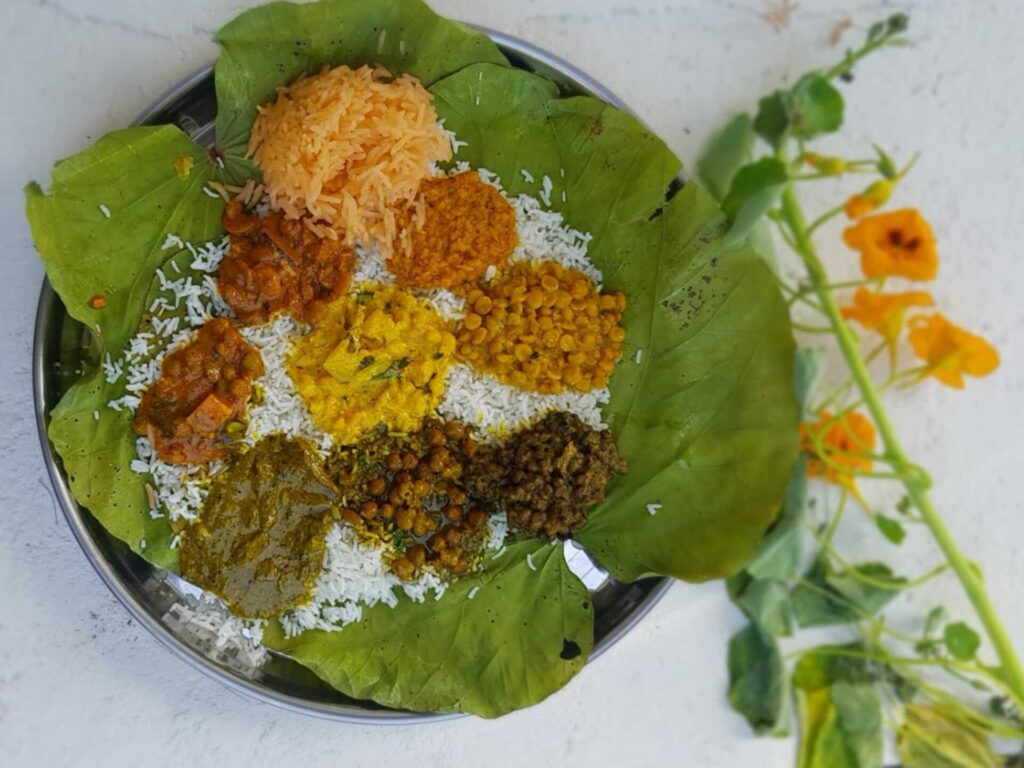
Dham: Himachali Dham is a traditional feast from the Indian state of Himachal Pradesh, celebrated for its cultural significance and unique vegetarian dishes. It’s typically served during festivals, weddings, and special occasions, and is known for its community-oriented spirit and distinct flavors.
Madra: Yogurt-based curry with chickpeas or paneer, cooked in clarified butter (ghee).
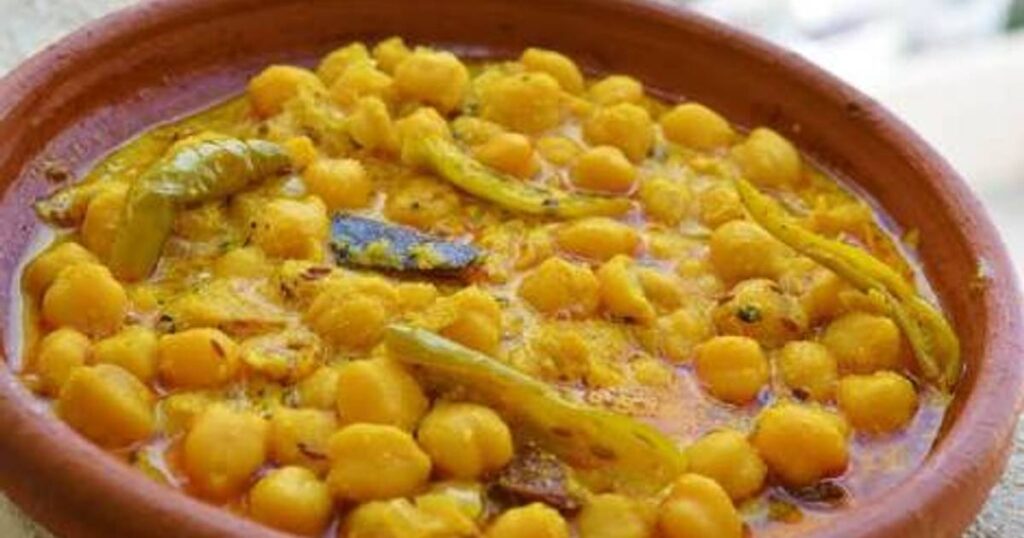
Khatta: A tangy-sweet dish made with tamarind, jaggery, and chickpea flour.
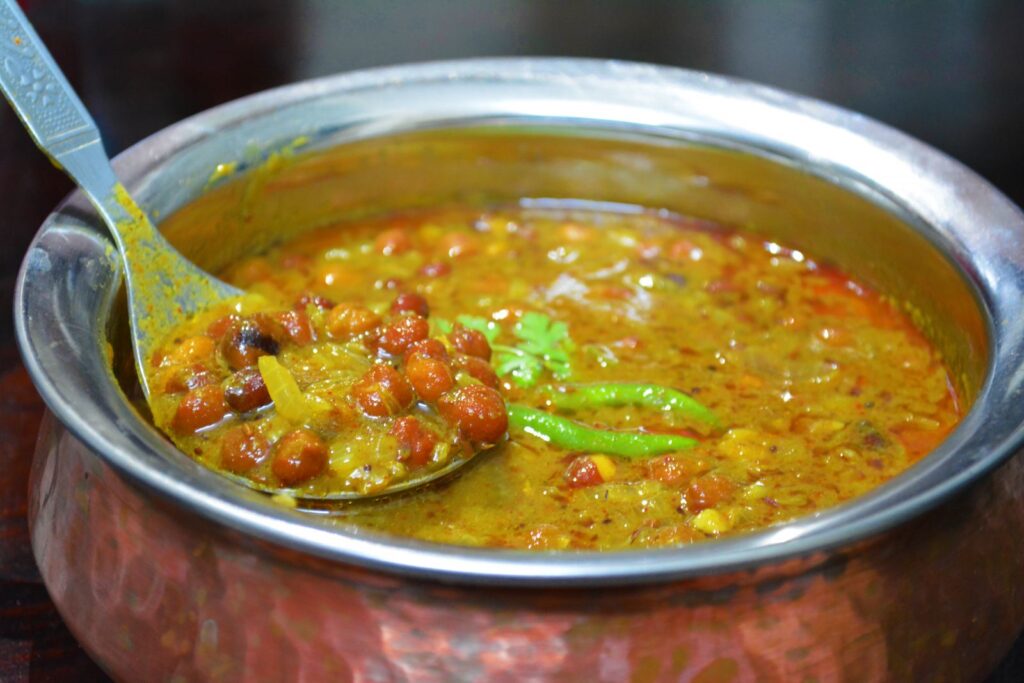
Sepu Vadi: Fermented lentil dumplings in a spicy gravy.
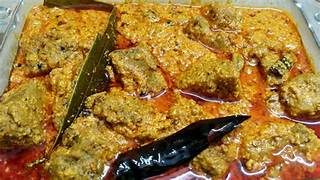
Babru: Deep-fried bread stuffed with black gram paste, similar to kachori.
Sidu: A steamed bread made from wheat flour, yeast, and walnuts/poppy seeds, often served with ghee or mutton curry.
Tudkiya Bhath: A spiced rice dish cooked with lentils, potatoes, and yogurt, flavored with cardamom and cloves.
- Non-Vegetarian Delicacies
Trout Fish: Freshly caught from mountain rivers like the Beas, marinated in spices and grilled.
Siddu with Mutton: Fermented bread paired with slow-cooked mutton curry.
- Beverages & Sweets
Chhang: A mildly alcoholic drink made from fermented barley or rice, served in bamboo containers.
Mittha: Sweet rice flavored with raisins, dry fruits, and saffron, served during celebrations.
Patrode: Colocasia leaves stuffed with spiced gram flour, steamed, and fried
2. Traditions
- Festivals
Kullu Dussehra:
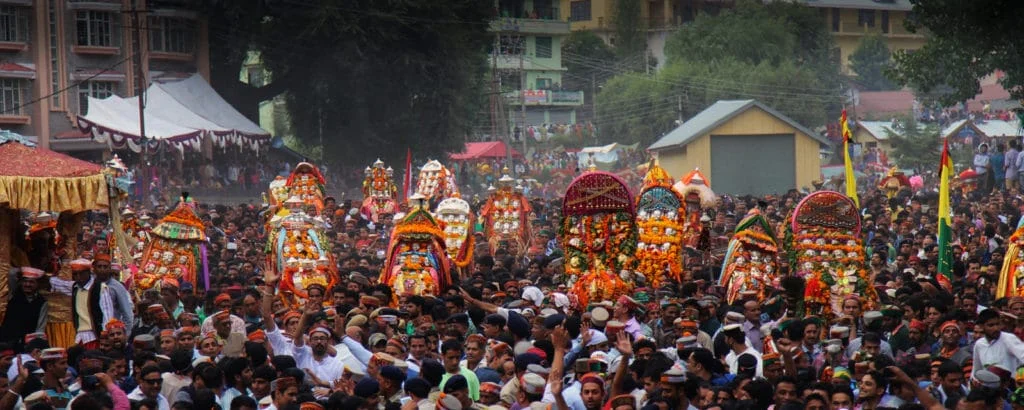
Duration: 7 days (unlike the 1-day celebration elsewhere).
Highlights:
- Processions of village deities (Devtas) in ornate palanquins, folk dances like Nati, and the burning of effigies.
- The festival begins with a grand procession called Rath Yatra, where the idol of Lord Raghunath is carried in a beautifully decorated chariot from the Raghunath Temple in Sultanpur.
- Over 300 local deities, represented by their idols from different villages, converge at Dhalpur Maidan to pay homage to Lord Raghunath. These deities are carried by devotees in traditional palanquins amidst a sea of vibrant music and dances.
Location: Celebrated in Kullu Valley, attracting global tourists.
Losar (Tibetan New Year):
Losar, the Tibetan New Year, is one of the most significant festivals in Tibetan culture, celebrated with great enthusiasm, rituals, and vibrant festivities. It marks the beginning of the Tibetan lunar calendar and usually falls in February or March, depending on the lunar cycle. The word “Losar” is derived from “Lo” (year) and “Sar” (new), symbolizing a fresh start.
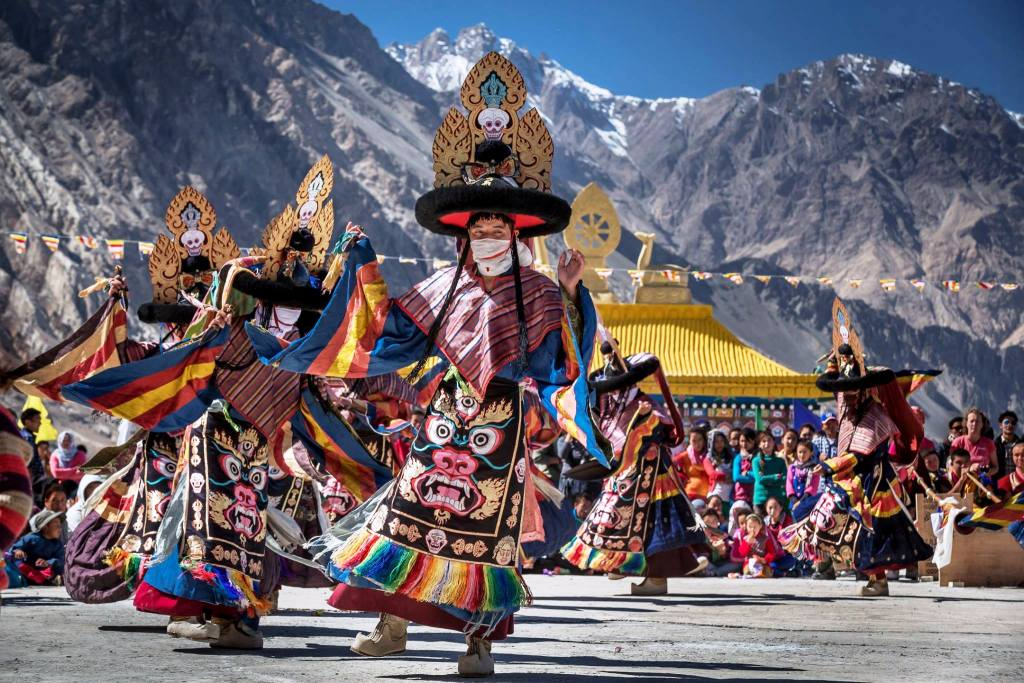
- Losar is deeply rooted in Tibetan Buddhism and combines religious observances, family traditions, and cultural celebrations.
- It symbolizes the triumph of good over evil, gratitude to deities, and prayers for prosperity, health, and peace in the coming year.
- The festival is also linked to agricultural traditions, as it coincides with the end of winter and the beginning of the planting season.
Cultural Highlights
- Cham Dances: Monks perform colorful masked dances that depict spiritual stories, vanquishing evil spirits, and invoking blessings.
- Butter Sculptures: Intricate sculptures made of butter are displayed in monasteries, representing sacred art and storytelling.
- Prayer Flags and Mani Stones: Homes and monasteries are adorned with prayer flags and carved stones, spreading positive energy and prayers
Losar is celebrated in parts of Himachal Pradesh, especially in regions with significant Tibetan and Buddhist influence. These areas include Lahaul-Spiti, Kinnaur, and Dharamshala (home to the Dalai Lama and a large Tibetan refugee community). The celebration in Himachal Pradesh is marked by the same spirit of joy, rituals, and cultural vibrancy as in Tibet and other Himalayan regions.
Phagli Festival:
The Phagli Festival is a vibrant and culturally significant festival celebrated in the Lahaul-Spiti and Kinnaur regions of Himachal Pradesh. It marks the end of winter and the arrival of spring, symbolizing new beginnings, fertility, and prosperity. This ancient festival is deeply rooted in the agricultural traditions of the region and reflects the community’s gratitude towards nature and deities for the harvest.
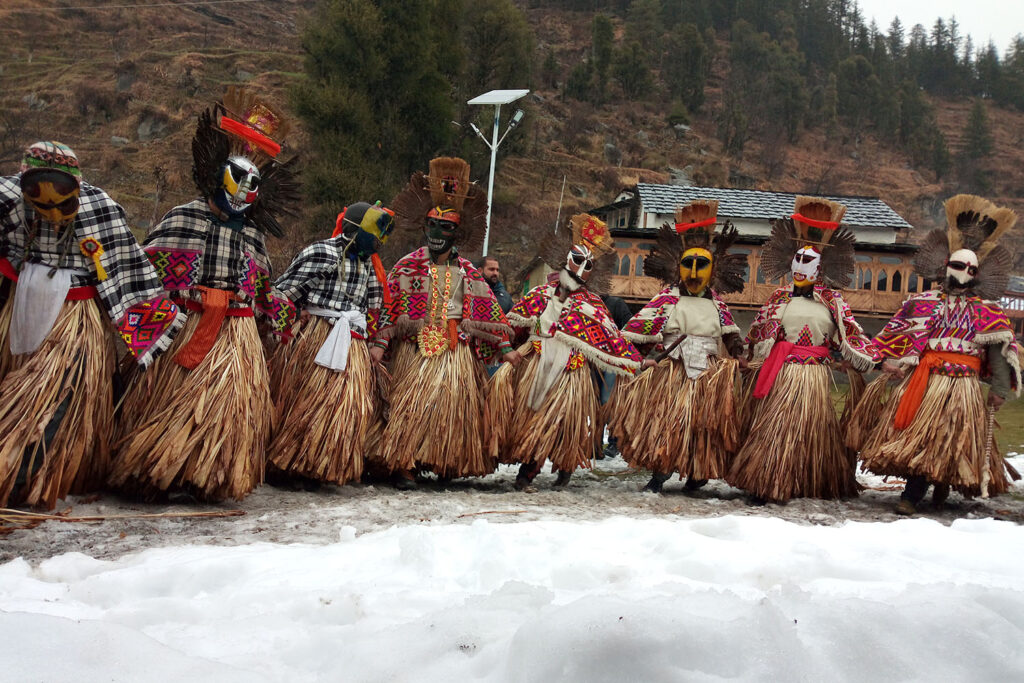
- Celebration of Nature and Seasons: The festival celebrates the transition from winter to spring, representing rebirth and fertility.
- Community Bonding: It strengthens social ties as people come together to celebrate, dance, and feast.
- Spiritual Connection: Phagli reflects the local community’s gratitude and reverence for their deities and the natural world.
- Masks and Dances: The masked dances performed during Phagli are symbolic, with each mask representing a particular deity or spirit.
- Bonfire Tradition: The bonfire ritual is believed to purify the surroundings and signify the victory of positive energies over negative forces
Halda Festival:
he Halda Festival is a significant and joyous festival celebrated by the Buddhist communities of Lahaul-Spiti in Himachal Pradesh. It is similar to Diwali, the festival of lights, and honors Shashikar Apa, the goddess of wealth and prosperity. The Halda Festival is a time for community bonding, gratitude, and spiritual renewal, celebrated with rituals, lights, and traditional festivities.
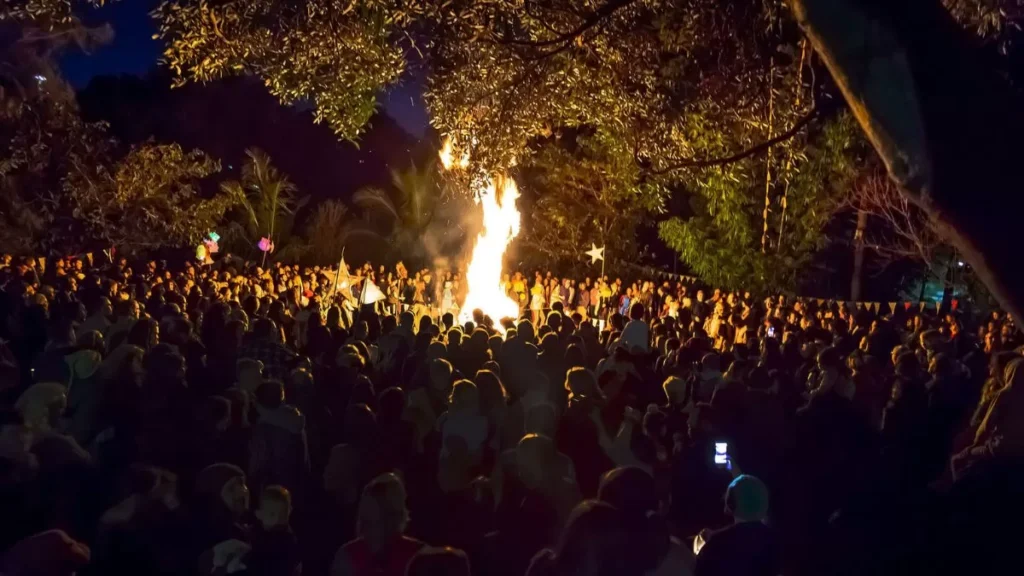
- The festival is celebrated in January or February, during the winter season.
- The exact date varies, as it is determined by the Lunar Calendar and chosen by the village lamas (Buddhist priests).
- Shashikar Apa is the goddess of wealth, and the festival is dedicated to seeking her blessings for prosperity and well-being.
- Villagers offer prayers, food, and lighted lamps to honor the goddess.
- The highlight of the festival is the lighting of traditional oil lamps (diyas) made from locally sourced materials like clay and oil.
- Lamps are gathered and brought to a designated spot in the village, where they are collectively lit, creating a mesmerizing spectacle of glowing lights.
- This ritual symbolizes unity, hope, and the triumph of light over darkness.
The Halda Festival is primarily celebrated in Lahaul-Spiti, a remote yet culturally rich region of Himachal Pradesh. Due to its strong Buddhist influence, the festival shares similarities with other Tibetan Buddhist celebrations.
Mandi Shivratri Festival:
The Mandi Shivratri Festival, also known as the International Shivratri Fair, is one of the most vibrant and significant festivals celebrated in Mandi, Himachal Pradesh. It is dedicated to Lord Shiva and reflects the deep cultural and spiritual heritage of the region. This week-long festival is renowned for its grandeur, colorful processions, and the gathering of local deities from different villages, making it a unique celebration in the country.
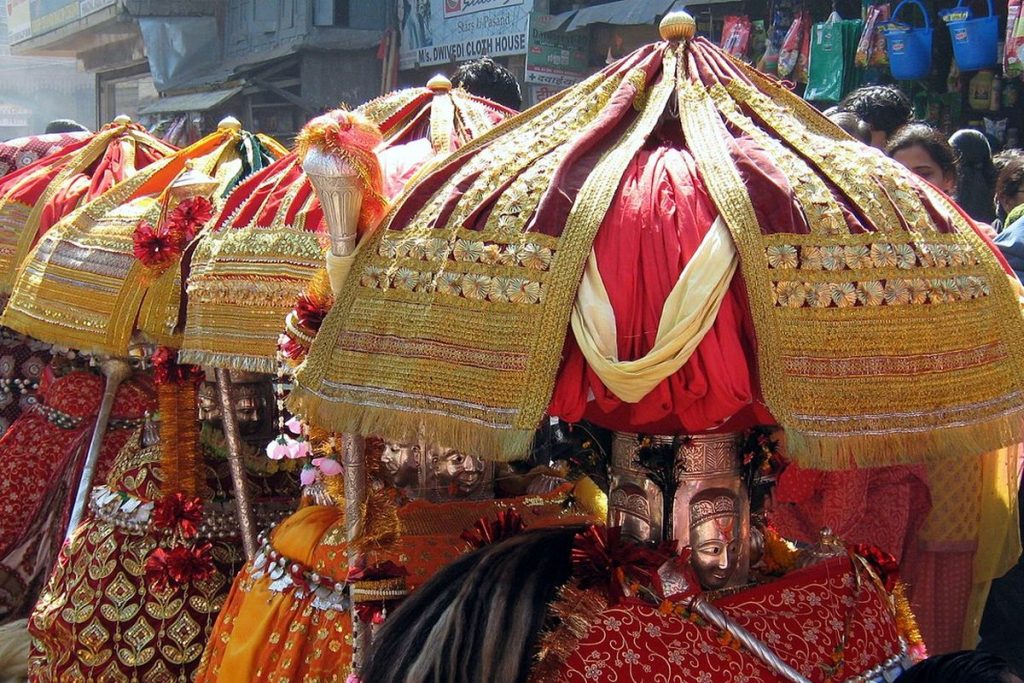
Historical Background
- The festival was started in 1526 by King Ajbar Sen, who ruled Mandi at the time. He declared Lord Shiva as the principal deity of the region and began the tradition of this grand celebration.
- Over time, the festival has become one of the biggest cultural and spiritual events in Himachal Pradesh.
- During the festival, over 200 local deities (called Devtas or Devis) from nearby villages are brought to Mandi in beautifully decorated palanquins.
- These deities are believed to be manifestations of Shiva or other celestial beings and are escorted by their devotees to participate in the grand fair.
- The central deity of the festival is Lord Madho Rai (a form of Lord Vishnu), who leads the celebrations as a symbolic host, followed by Lord Bhootnath (the presiding deity of Mandi, representing Lord Shiva).
- The festival begins with a Shobha Yatra (grand procession) on the day of Maha Shivratri.
- All the deities assemble at the Bhootnath Temple and then proceed to the Paddal Ground, accompanied by traditional music, dance, and drum beats.
- The sight of the palanquins adorned with flowers and bright fabrics, carried by devotees, is mesmerizing.
Cultural and Spiritual Significance
- The festival is a celebration of faith and devotion to Lord Shiva and symbolizes the unity of the community.
- It also serves as a platform for local deities to “meet” and interact, a concept unique to Himachal Pradesh’s rich Devta tradition.
- The Mandi Shivratri Festival is a unique blend of religion, culture, and tradition.
- It showcases the strong connection between the local communities and their deities, reflecting the region’s deep-rooted Hindu beliefs and Devta culture.
The Mandi Shivratri Festival is a must-see event if you want to immerse yourself in the spiritual and cultural vibrancy of Himachal Pradesh. It’s an unforgettable blend of devotion, community spirit, and heritage!
Folk Arts & Music
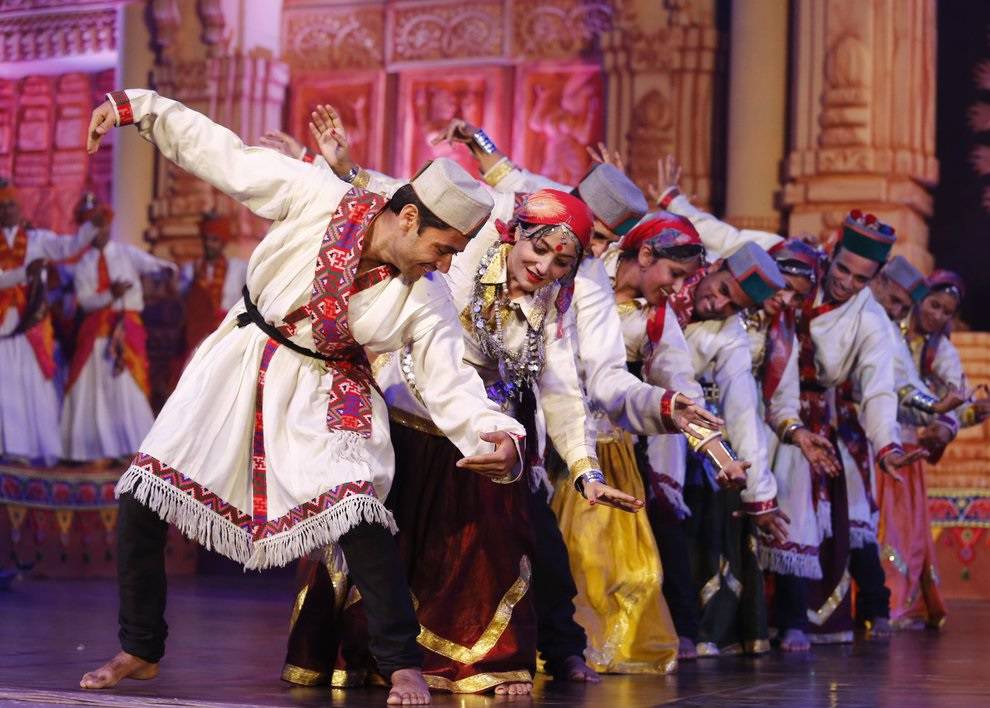
- Nati Dance:
Nati is a traditional folk dance of Himachal Pradesh, celebrated for its lively movements, vibrant costumes, and deep cultural roots. It is performed during festivals, weddings, and other joyous occasions, showcasing the unity, joy, and spirit of the Himachali people. Recognized as one of the most popular folk dances of the region, Nati is a UNESCO Intangible Cultural Heritage.
- Nati is native to Himachal Pradesh, particularly to regions like Kullu, Shimla, Chamba, Sirmaur, and Kinnaur.
- Each region has its distinct style of Nati, with variations in steps, costumes, and themes.
Chham Dance:
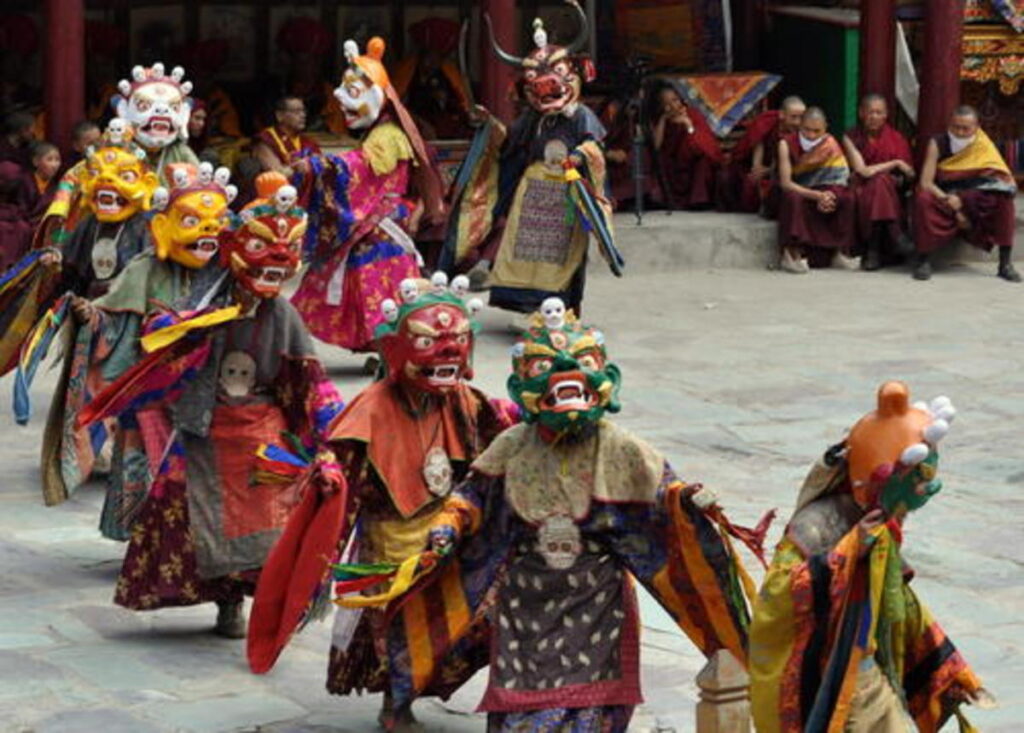
The Chham Dance (also known as Cham or Devil Dance) is a traditional masked ritualistic dance performed by Buddhist monks in the Lahaul-Spiti and Kinnaur regions of Himachal Pradesh, as well as in other Himalayan regions such as Ladakh, Sikkim, and Bhutan. It is a deeply spiritual and ceremonial dance, reflecting the essence of Tibetan Buddhist culture.
- Chham is more than just a dance; it is a meditative ritual aimed at purifying the environment and warding off negative energies.
- It symbolizes the victory of good over evil, the eradication of ignorance, and the welcoming of positivity, harmony, and enlightenment.
- It is often performed during significant Buddhist festivals, such as the Losar (Tibetan New Year) or Hemis Festival, as a form of offering to deities.
Musical Instruments
- Ransingha
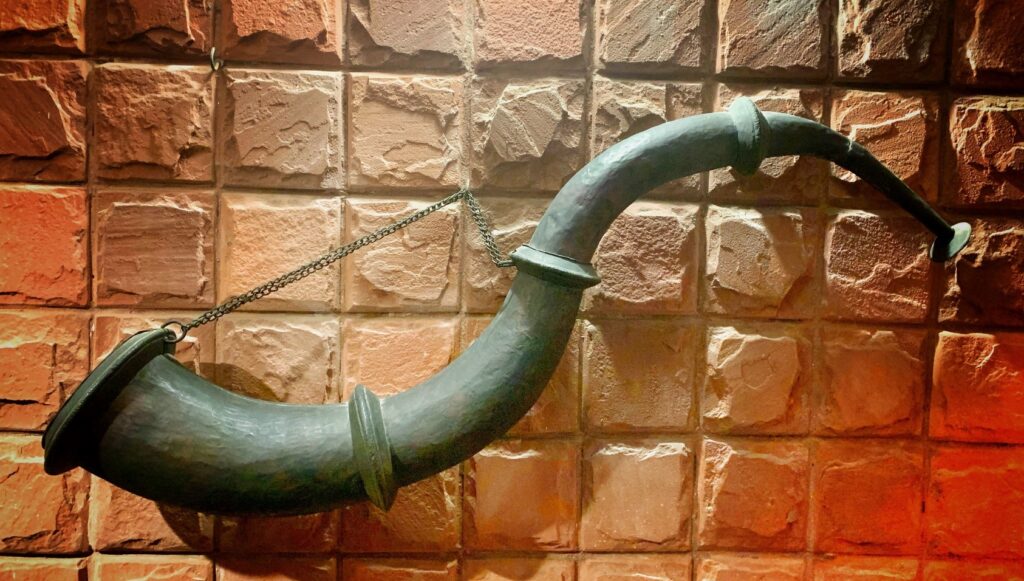
Ransingha: A curved brass trumpet used in temple processions.
The Ransingha (also spelled as Ransing or Narsingha) is a traditional wind instrument from Himachal Pradesh, widely used in the folk music of the region. It holds significant cultural and ceremonial importance, especially in religious and festive events. This curved trumpet-like instrument is not just a musical tool but also a symbol of the region’s heritage.
3.culture
The culture of Himachal Pradesh is a vibrant blend of traditions, festivals, art, music, dance, and religious practices shaped by its rugged Himalayan geography and diverse ethnic communities. Known as the “Dev Bhoomi” (Land of the Gods), the state is deeply rooted in spirituality, folk heritage, and harmonious coexistence with nature.
Religious Practices
- Himachal is often referred to as Dev Bhoomi due to the countless temples, monasteries, and shrines.
- Hinduism is the predominant religion, with temples dedicated to gods like Shiva, Durga, and local deities.
- Buddhism is prominent in Lahaul-Spiti and Kinnaur, influenced by Tibetan culture.
- The state also has a number of gurudwaras and churches, reflecting its diversity.
- Architecture
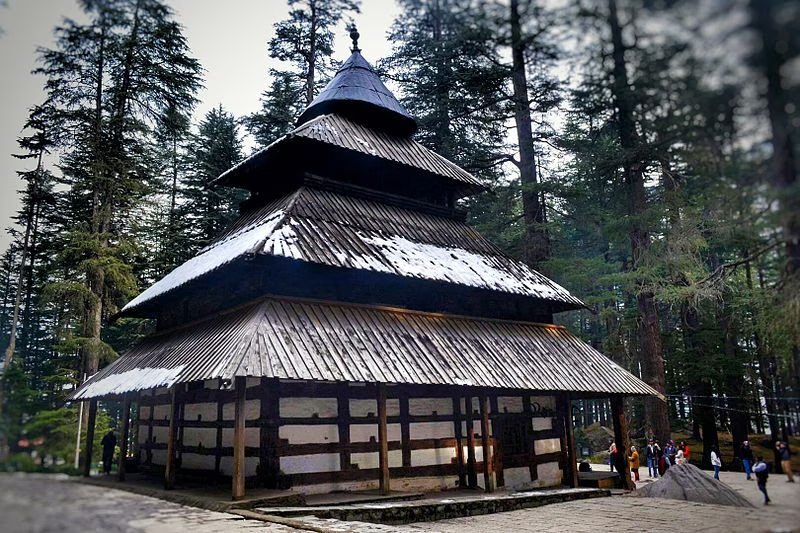
Temples: Himachal Pradesh is known for its unique temple architecture, such as the pagoda style (e.g., Hadimba Temple in Manali) and shikhara style
(e.g., Baijnath Temple).
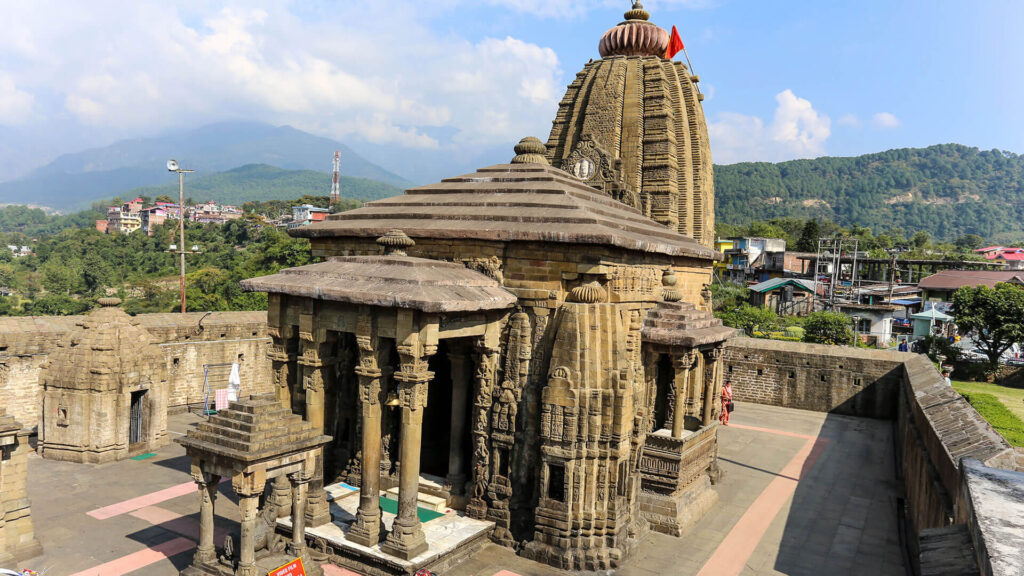
- Monasteries:
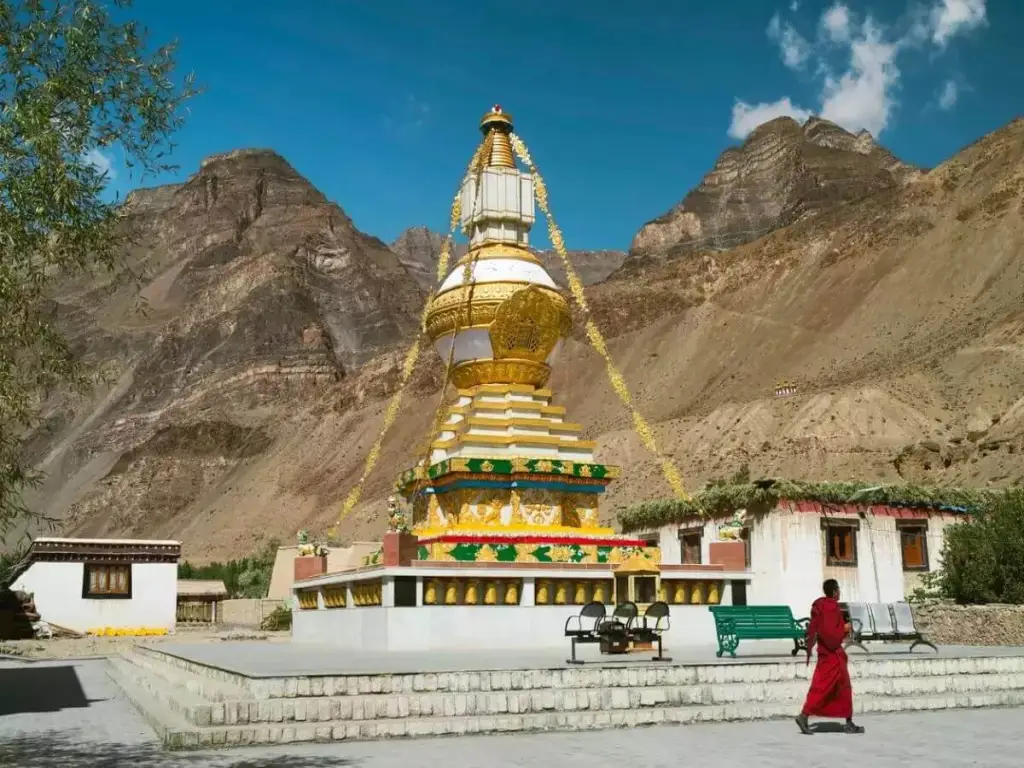
Tabo Monastery, showcase Tibetan architectural influences.
Buddhist monasteries in Lahaul-Spiti, such as Key Monastery
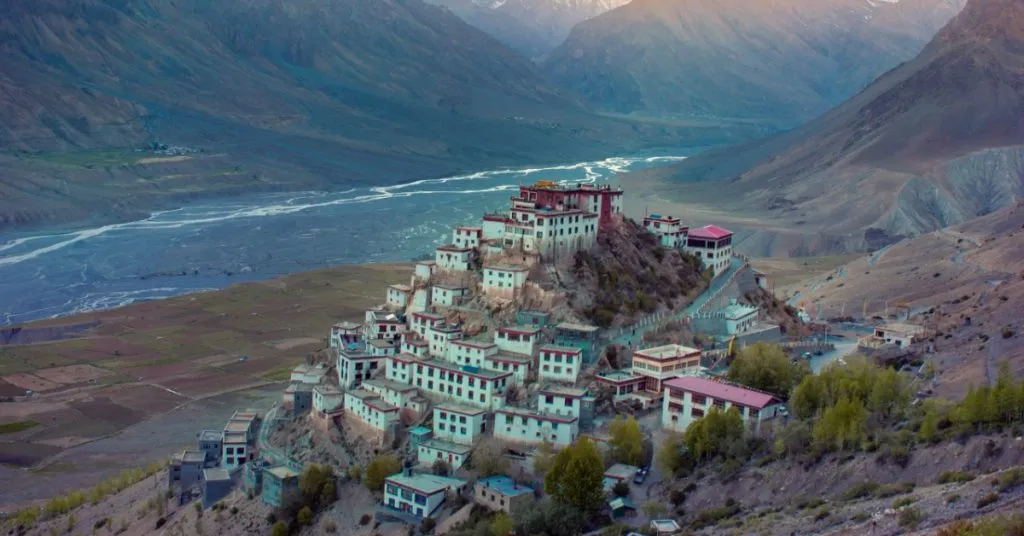
- Handicrafts and Weaving
Himachal Pradesh is renowned for its high-quality woolen products, crafted with exceptional skill and attention to detail by local artisans. These products not only reflect the state’s rich cultural heritage but also cater to the region’s cold climate. Here’s more about Himachali woolen products:
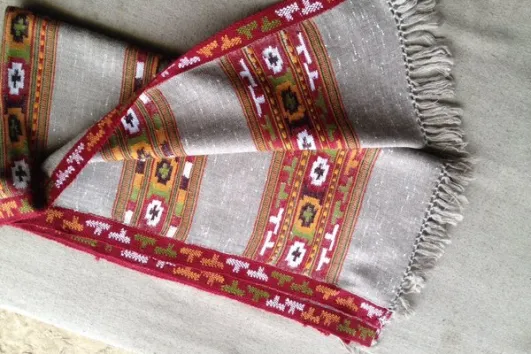
Kullu Shawls: Renowned for their geometric patterns and vibrant colors.
Woolen Products: Himachali artisans create warm sweaters, caps, and carpets.
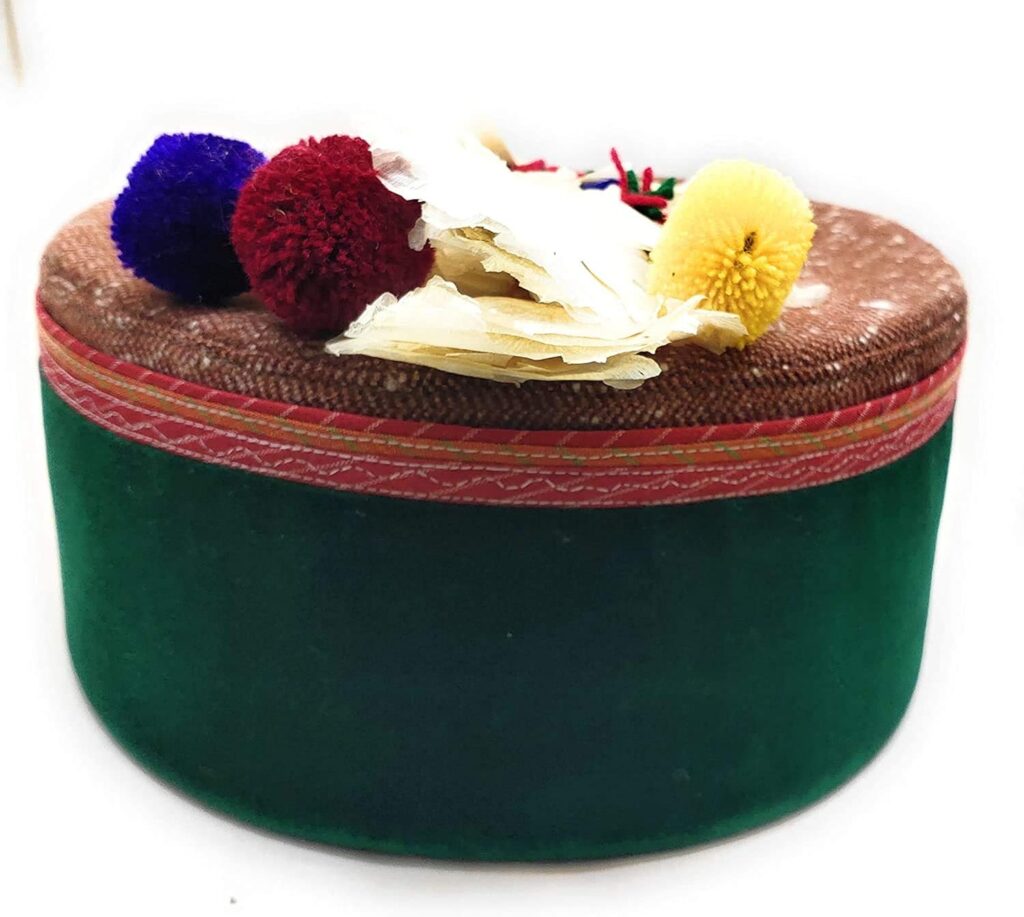
- The iconic Himachali caps are a symbol of pride and tradition in the state.
- These caps come in various patterns and colors, with distinct styles from regions like Kullu, Chamba, and Kinnaur.
- Popular patterns include geometric designs and floral motifs
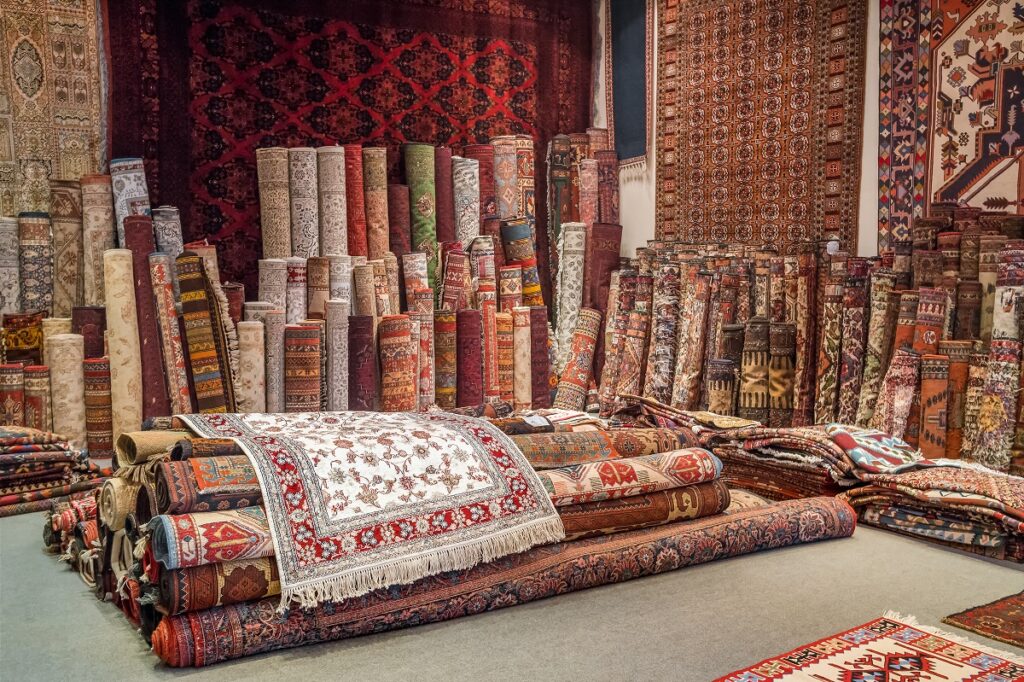
- Woolen carpets and rugs are crafted with intricate designs that often depict traditional Himachali motifs or nature-inspired patterns.
- These items are prized for their fine craftsmanship and durability, making them ideal for home décor.
Materials Used
- Sheep Wool: Locally sourced wool from Himachali sheep is the primary raw material. It is valued for its warmth and durability.
- Angora Wool: Wool from Angora rabbits, especially in regions like Kullu and Mandi, is softer and used for premium products.
- Pashmina Wool: Although limited, Pashmina wool is also woven into fine-quality shawls in Himachal.
.
Himachali culture emphasizes harmony with nature. Festivals often coincide with agricultural cycles, and rituals honor rivers, mountains, and forests. Many deities are believed to reside in natural elements, highlighting the people’s eco-spiritual lifestyle.
Conclusion
Himachal Pradesh is not just a land of mesmerizing landscapes but also a treasure trove of vibrant traditions, rich heritage, and heartwarming hospitality. Whether it’s dancing to the beats of Nati, savoring the flavors of a traditional Dham, or marveling at the architectural wonders, the state offers something unique to every traveler.
At Dhauladhar Trek, we are committed to bringing you closer to the soul of Himachal Pradesh. Our treks and tours not only let you explore the pristine beauty of the Himalayas but also immerse you in the region’s rich culture and traditions. So, pack your bags, lace up your boots, and join us on a journey that promises unforgettable memories and a deeper connection to this enchanting land.
Discover the magic of Himachal with Dhauladhar Trek – where every trail leads to a story.

